Editor of this issue: Antanas Klimas, University of Rochester
Copyright © 1995 LITUANUS Foundation, Inc.

|
LITUANUS
LITHUANIAN QUARTERLY JOURNAL OF ARTS AND SCIENCES
Volume 41,
No.1 - Spring 1995
Editor of this issue: Antanas Klimas, University of Rochester ISSN 0024-5089
Copyright © 1995 LITUANUS Foundation, Inc. |

|
THE ART OF MEČISLOVAS MARKULIS
(1906-1970)
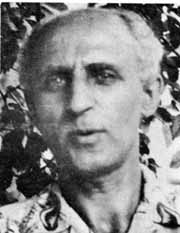
Mečislovas Markulis is one of the least known names in art. It is therefore unknown that he died eighteen years ago and that he began his significant work after World War II. Markulis had proceeded on an innovative course for the better part of the late forties, fifties and sixties. His paintings, constructions and graphics are in many ways as controversial as those of his contemporaries.
From the early age Markulis was able to draw fairly well, with prompting from his mother he attended art school in Russia. Russia, being the art center during his formative years, had an influence on the young artist. His intense interest in art continued after his family left Russia in 1923 for Lithuania. There he attended the Kaunas Design institute, after the institute he worked as a commercial artist and designer. In 1936 he entered the Academy of Fine Arts of Kaunas, Lithuania and received a Masters in Pine Arts. He fled Lithuania for Germany in 1944, leaving all his possessions behind, and for this reason, no work prior to 1945 exists.
We cannot undertake in this short article any thorough interpretation, but the examples reproduced here and selected from the sizable collection of drawings in the Markulis estate may help to lead into the artist's vision and personal style, and give an idea of the unusual range and high quality of his graphic work.
Markulis had studied with admiration the work of other artists, both abroad and in the United States. While he freely acknowledges a debt to Cezanne, Klee, Matisse and Picasso, specific instances of direct emulation are difficult to find. Rather, Markulis had absorbed certain attitudes that have strengthened his own self-determined direction and offered new avenue of exploration.
Drawings have always occupied a very special place in Markulis's work. He considered his drawings to be independent works of art rather than minor studies to his primary concerns as a painter.
The drawings from the period 1945 to 1950 were street scenes, landscapes and people he saw in everyday life. Many drawings were drawn for their own sake, as an end in themselves. In recording the life around him, Markulis has preferred understatement. To overwhelm or persuade by boldness or drama is inimical to his nature and artistic persona. Rather, his work strikes a balance of opposites: in many of these drawings the line is sensitive yet strong, precise yet not explicit. Although he has used brilliant color vibrantly and with great complexity in his pastels, Markulis' drawings are low key.
In his work from 1956 to 1962 the contour line was a favored mode of expression, but in the cause of time the character of his line changed considerably from a sensitive, gothicizing trend to that of a bold abstract effect. Later in 1965 he returned to a freer style, a more sensitive and spontaneous drawing trend, he suggested rather than described.
Markulis's graphic work shows more or less the same stylistic trends that mark his paintings. His development may be classified, perhaps a little too rigidly, into a sequence of periods in which one style is replaced by the next. However, if we take a broader look at Markulis's graphic art at the side of his painting, we realize that the classical trend is by no means limited to one phase and that, along with the abstract trend, it is profound and not merely a temporary emanation of the artist's rich nature.
It is not easy to comprehend these varied and occasionally, contradictory trends as the natural expression of one and the same artist. But we are forced to accept them as true products of his genius. Art with him, may be said, is the creative reaction to man's outward and inward situation, and not only to visual reality as it strikes the eye. In some cases we understand Markulis easily, in others we have difficulty following him: we cannot escape or fail to be aware of the originality of his artistic language.
Vic Markulis
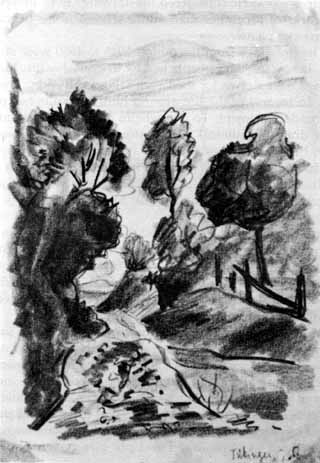
Landscape, 1945, pencil, 10"x8.5"
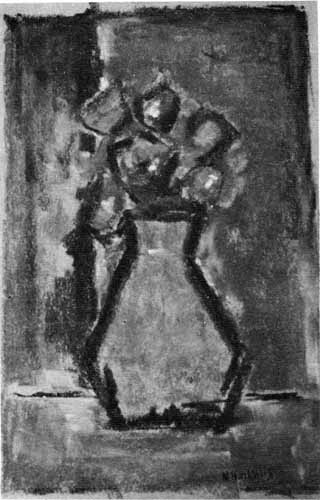
Flowers, 1946, pastel, 18"xl2"
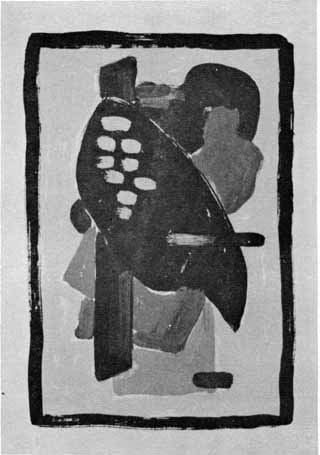
Abstract Composition H, 1950, tempera, 11"x8.5"
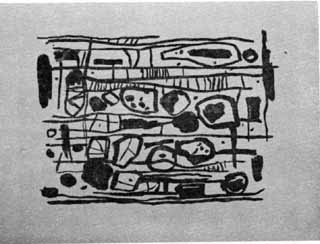
Abstract Composition III, 1951, ink, 9"x12"
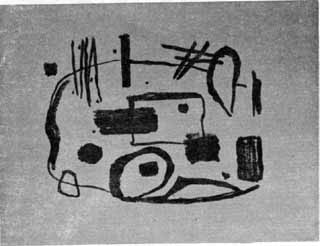
Abstract Composition IV, 1951, ink, 9"xl2"
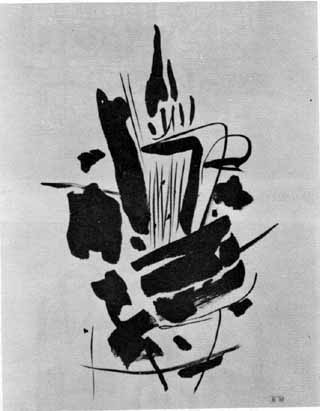
Abstract Composition VI, 1962, ink, 14"x11"
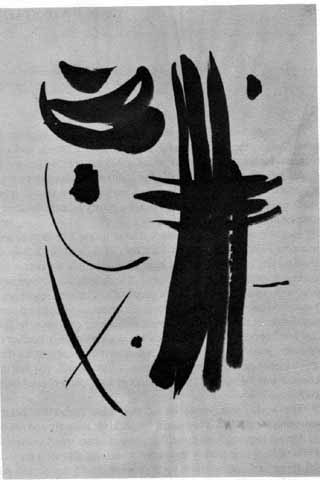
Abstract Composition VII, 1962, ink, 17"xll"
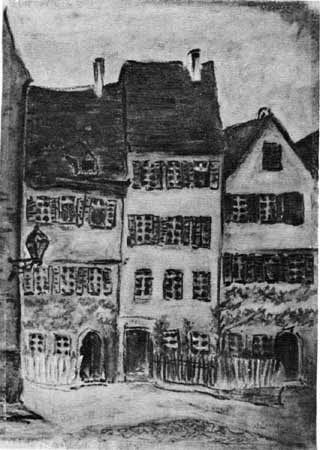
Street Scene, 1946, pastel, 18"xl2".